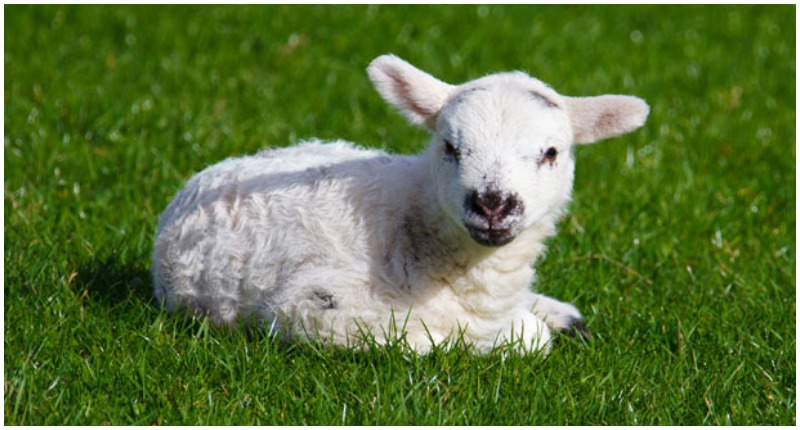We all know how the nursery rhyme goes: “Mary had a little lamb, with fleece as white as snow.” According to the story, Mary’s little lamb followed her to school one day, and much to the frustration of her teachers, refused to leave the classroom.
At the heart of the poem is the story of a friendship between humans and animals. In confusion, Mary’s classmates ask the teacher, “Why does the lamb love Mary so?” The teacher replies with a simple statement, “Why, Mary loves the lamb, you know.”
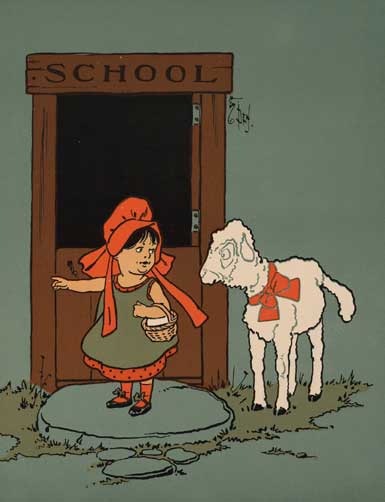
At first glance, it appears that this popular nursery rhyme is simply a moralizing children’s story, containing a strong message of kindness to animals. The lamb loves and follows Mary simply because Mary shows love and kindness to the lamb. In other words, be kind to animals and you will be rewarded with loyalty.
However, few people realize that this particular rhyme is based on true events. According to Smithsonian Magazine, it relates to the real-life story of Mary Sawyer, who lived in Sterling, Massachusetts in the early 19th century.
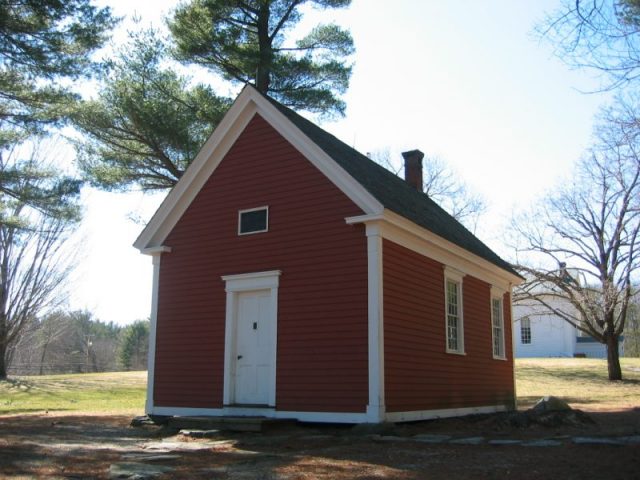
Mary was a keen lover of animals, and she adopted a lamb that did indeed follow her to school every day. Mary first encountered the lamb as a newborn. Rejected by its mother and struggling to feed, it only survived because Mary decided to care for it.
She developed a keen bond with the animal, and with her love and attention it soon grew strong, albeit with a somewhat independent mind. One day, as Mary and her brother were setting off to school, she called to the lamb, and it began to follow them. Mary hid it in a basket and took it into the classroom with her.
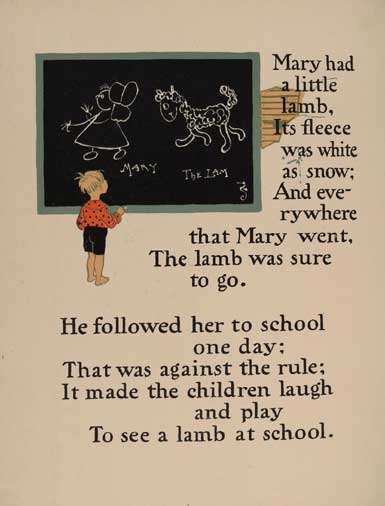
Unfortunately, the teacher soon discovered this unexpected addition to the classroom and put the lamb outside, much to the disappointment of the other students.
One of her classmates, John Roulstone, allegedly penned the beginning of the poem on the day of the incident, and gave it to Mary as a gift. Later, the poet Sarah Josepha Hale extended the original rhyme, creating a much stronger message and moral, and published the poem in May of 1830.
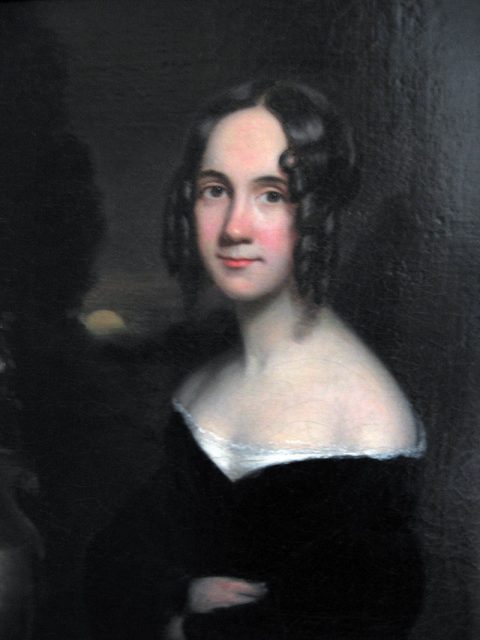
The poem became an immensely popular children’s nursery rhyme, and Mary herself even continued to reference it later in life. According to Smithsonian Magazine, many years later, as part of an initiative to raise money for a historic building in Boston, she donated a pair of woolen stockings that had been made from the first fleece of the pet lamb when it had lived with the family.
Both Mary and her lamb gained further fame in 1877, when Thomas Edison needed something to say as he tested his new phonograph machine.
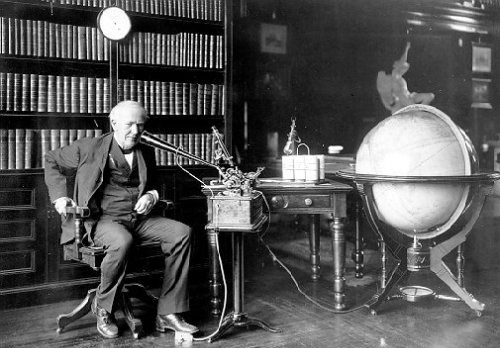
A childhood poem sprang to mind, and as a result, the first example of recorded verse in history was the poem Mary Had a Little Lamb. A later re-enactment of this event, from 1927, still survives and contains the voice of Edison reciting the poem.
In 1928, many years after Mary’s death, Mr. and Mrs. Henry Ford published a book that recounted the entire story of Mary and her lamb, as told by Mary herself, her friends and her neighbors.
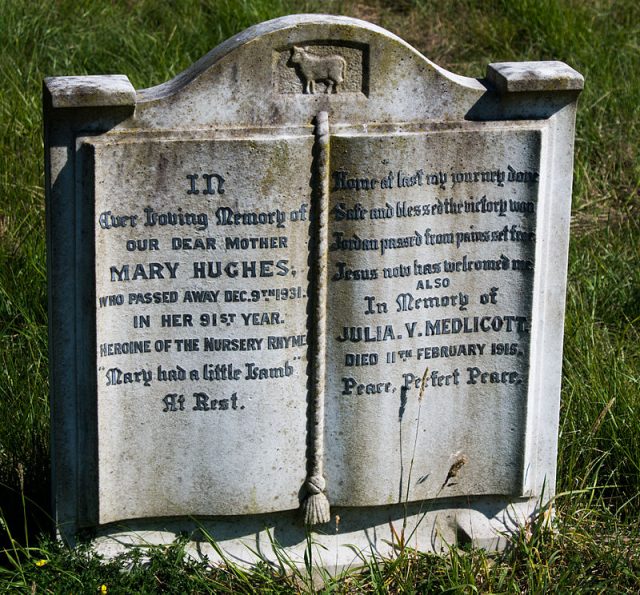
However, this account was written over 100 years after the events were said to have taken place, and it’s not clear how much of the tale came from Mary herself.
Indeed, the authorship of the poem has long been contested, in part due to its enduring popularity. Many people believe that it was a collaborative endeavor.
Roulstone is said to have composed the first few stanzas of the poem, and it was later extended by Hale when she published a version of it in 1830. Others believe that Hale was responsible for the entire creation of the poem.
Either way, it’s clear that this particular poem would not exist had it not been for the lamb itself, and its determination to follow its beloved Mary to school one morning.
There is no record of the eventual fate of this single-minded pet, but we may assume that it remained a faithful friend to Mary and her family for many years.
